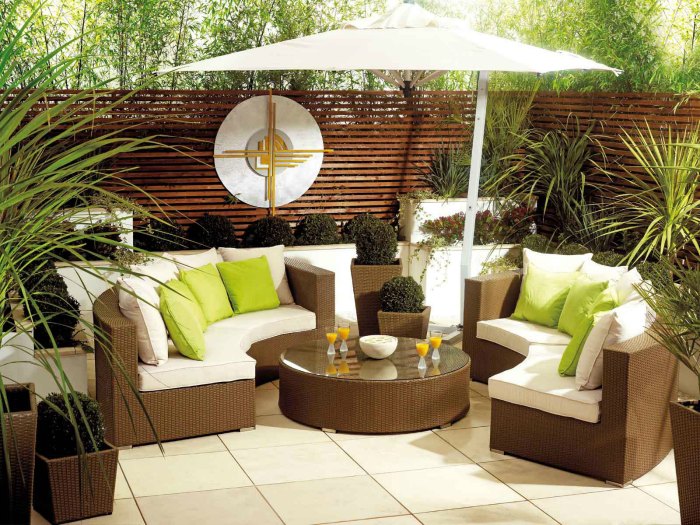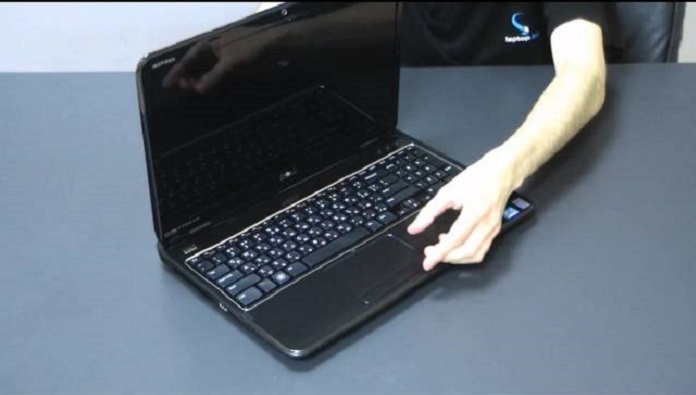Do you want to make some lasting adjustments to the look of your home without being stuck with a huge remodelling bill? Of course, there are plenty of tricks you can use to make your home appear larger and brighter, but one of the most effective and affordable solutions is to invest in some good flooring.
The way you go about applying your flooring, however, is just as vital as the material you choose. After all, simply layering tiles on the ground won’t guarantee a lasting, beautiful finish. There are plenty of pitfalls you need to avoid, and one of the best ways to do this is by investing in a reliable and resilient flooring primer for long-term benefits.
What Are Flooring Primers?

In a nutshell, flooring primers are specialised sealants or paint applied to the subfloor before laying down vinyl tiles, linoleum, or any other type of flooring material. They’re designed to create a strong bond between the subfloor and the top layer of flooring material, allowing you to achieve a seamless and eye-catching finish without worrying about potential mishaps down the line.
Their composition can vary from product to product, but they generally include a blend of acrylics and epoxies that create a hard shell on the surface of the subfloor. They’re applied using a roller or brush, and they need to be given a few hours to dry before you can begin laying down your chosen material.
What Are the Benefits of Using Flooring Primers?
Using a flooring primer is undoubtedly one of the best ways to ensure that your floor remains beautiful and resilient for years to come. Its inherent properties bring a multitude of benefits, including:
Better Adhesive Capabilities
The combination of acrylics and epoxies in a tile primer creates an extra-strong bond that allows the top layer to stay firmly attached to the bottom. This is particularly important if you’re using heavy-duty materials such as vinyl tiles or concrete, as these can be difficult to attach to the subfloor without a strong adhesive.
By adding this extra layer of protection, you can ensure that your flooring won’t start to peel or come off in a few months. The way it’s applied also allows you to create a smooth, seamless finish that looks just as good as the day it was installed.
Cleaner Floor Foundation
Any experienced home renovator knows that it’s crucial to ensure the subfloor is clean and flat before applying the top layer of flooring. Any bumps or remnants of old materials can significantly reduce the quality of your end result, and could even cause damage to the tiles themselves.
A primer acts as a protective sealant on top of the subfloor, trapping any dirt and debris underneath it. This eliminates the need for extensive preparation work and creates a clean slate for the top layer of flooring.
Decreased Appearance of Bubbles

Bubbles, or tiny pockets of air trapped between two pieces of flooring, are one of the most common issues that occurs when laying down tiles or vinyl. This is caused by poor adhesive properties and little attention to detail during the installation process, and it can be hard to fix once you’ve noticed them.
A primer helps prevent this issue by creating a strong, air-tight bond between the two layers of flooring. This ensures that any air pockets stay trapped underneath the primer and don’t affect the look of your finished product.
Improved Resistance Functionality
Many types of floors come with their own set of benefits, but they also have their drawbacks. Vinyl tiles have a tendency to warp and break in extreme temperatures, while natural stone can be prone to cracking or staining.
Thankfully, a top-quality primer helps to mitigate these issues. Its protective properties make it more resistant to temperature changes, humidity, and other environmental factors that can be damaging to the materials.
Greater Tile Adjustment Time
Tiles can be a tricky material to install, with every piece needing to fit snugly against its neighbour. This can lead to a lot of trial and error, with pieces being removed and replaced multiple times until you achieve the perfect fit.
By using a primer, however, you can give yourself more time to adjust the tiles and create the perfect layout. It has a longer drying time than regular adhesive, so you don’t have to worry about it setting in immediately and hindering your design. You can easily move tiles around until you get the look you want.
Simple Cleaning and Maintenance
When you coat your floor with a primer, you create an extra layer of protection that makes it easier to clean and maintain. Any dirt or debris that falls onto the floor is easier to sweep or mop off, and you won’t have to worry about it leaving permanent stains.
The product also makes the surface more stable and less prone to distorting over time, offering greater durability and longevity to your floor. It’s a great choice if you’re looking for an easy-to-maintain floor without having to sacrifice style or quality.
Eco-Friendly Alternative
Most of these products are made from natural resources like clay, stone, or sand, creating a product that’s just as eco-friendly as it is effective. Their renewable materials mean you can use them with a clear conscience, knowing that you’re making a more sustainable choice for your home.
When you’re making your own mark on the world, why not choose a product that’s as kind to the environment as it is to your wallet? By applying a sturdy primer, you can achieve a beautiful, long-lasting floor without compromising on your values.















